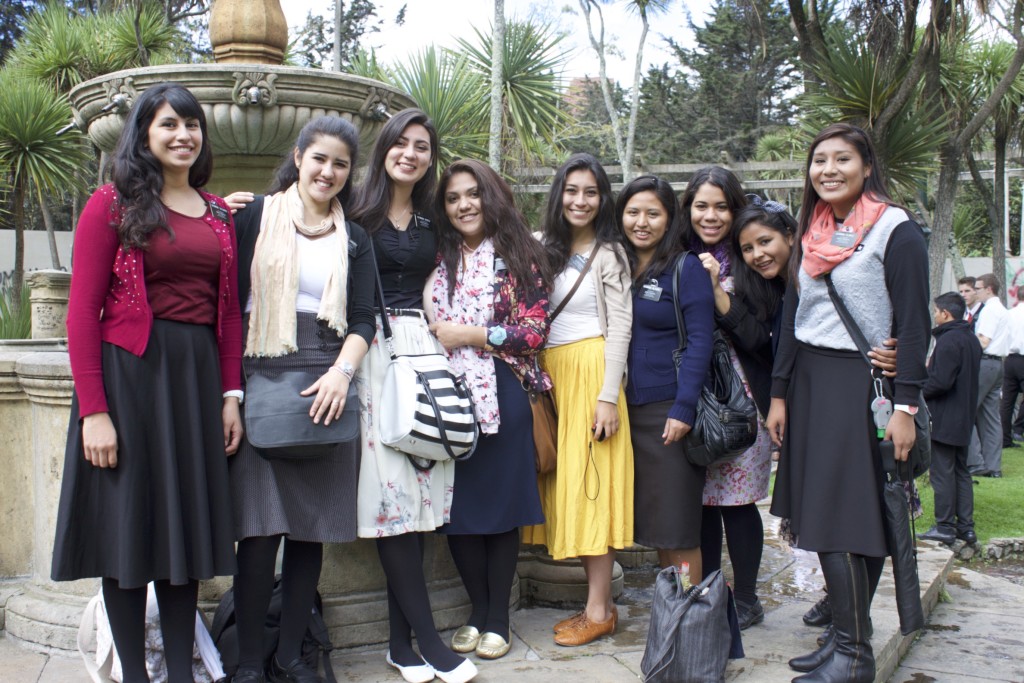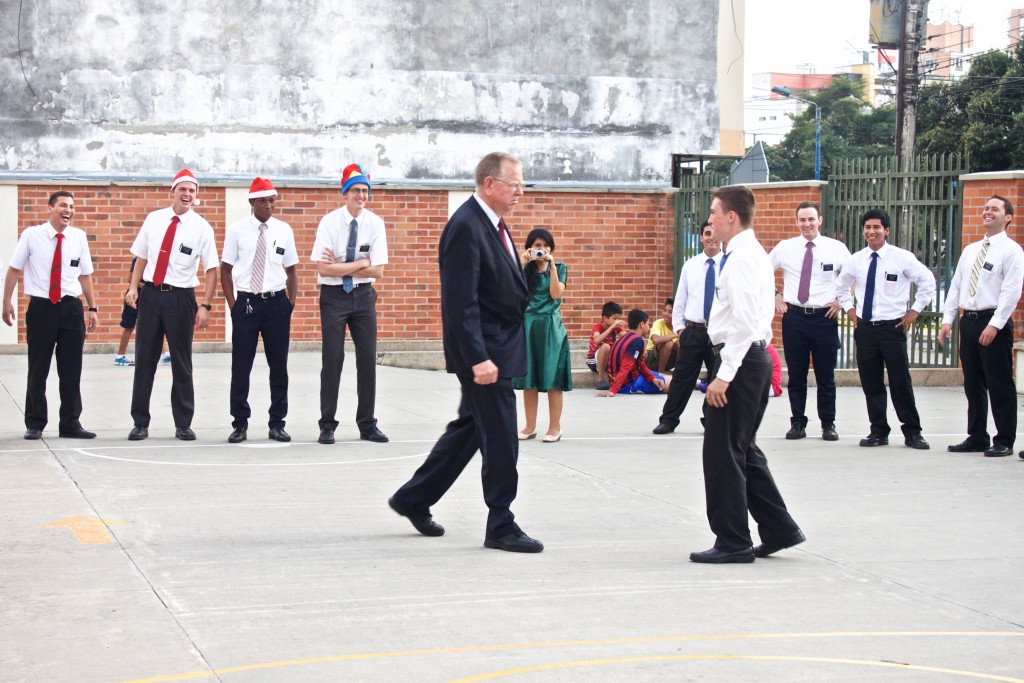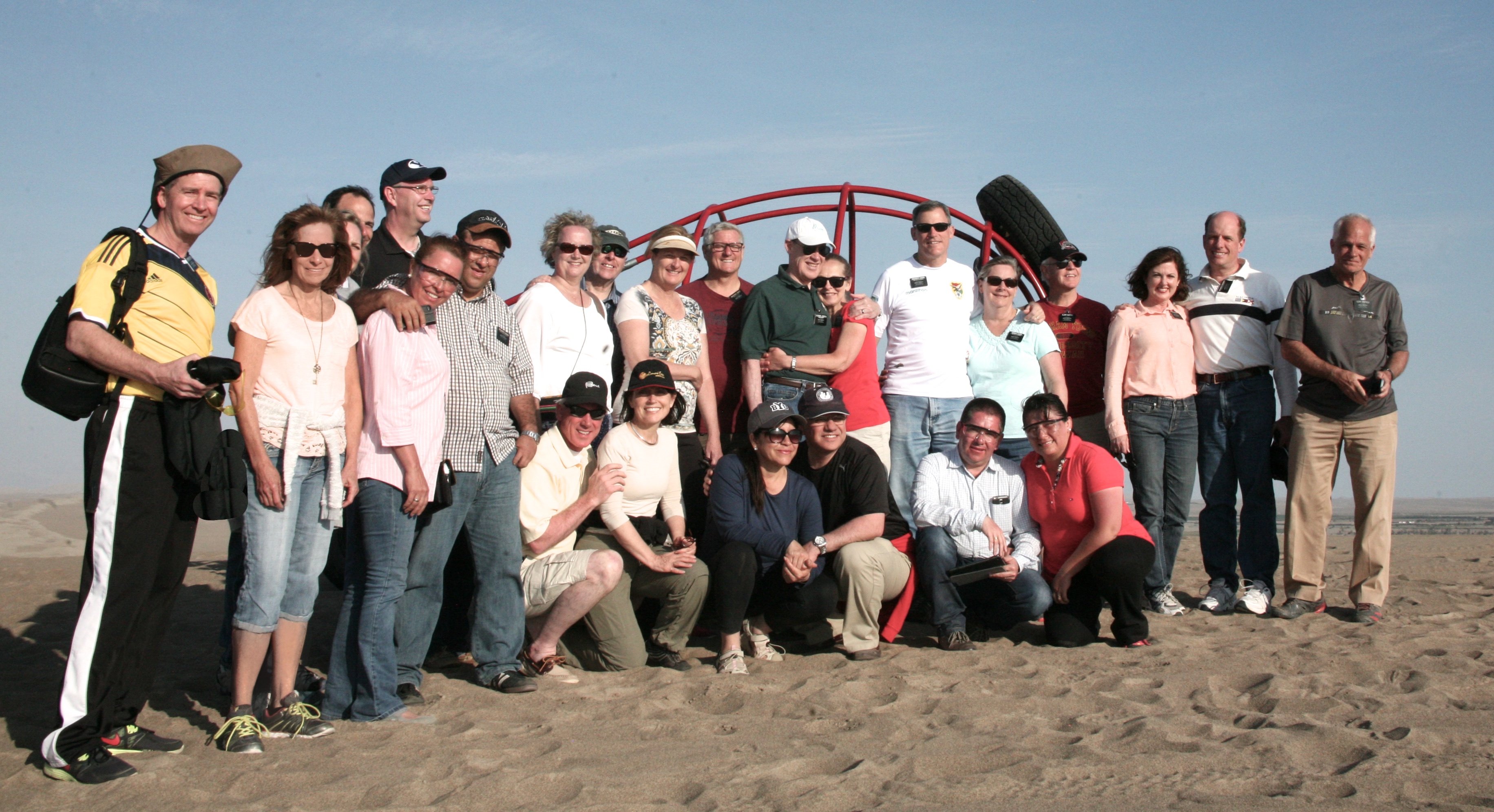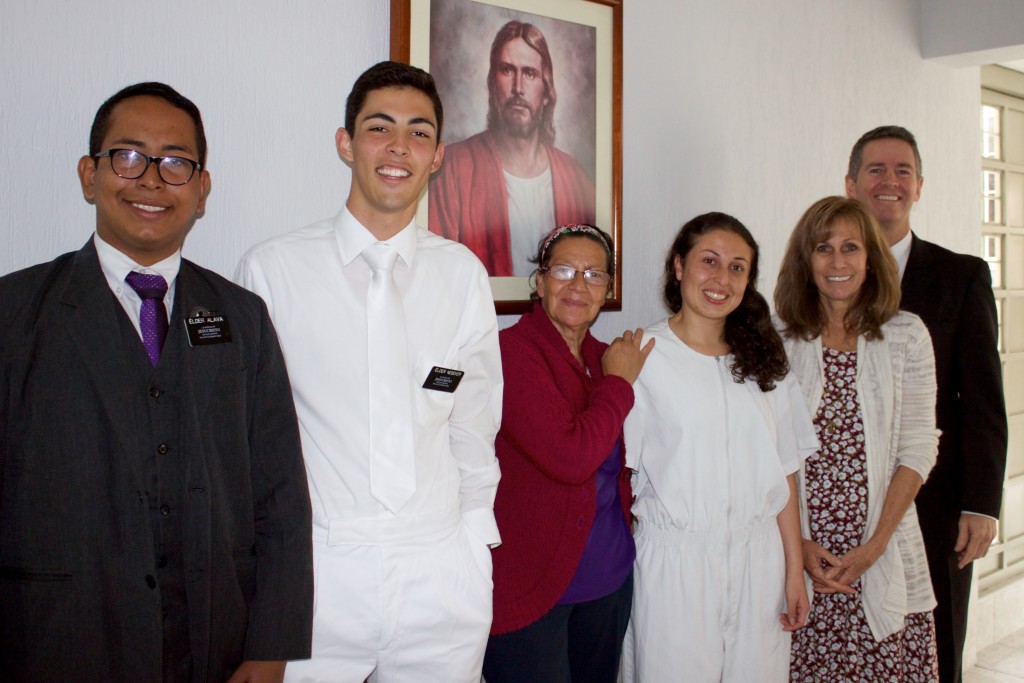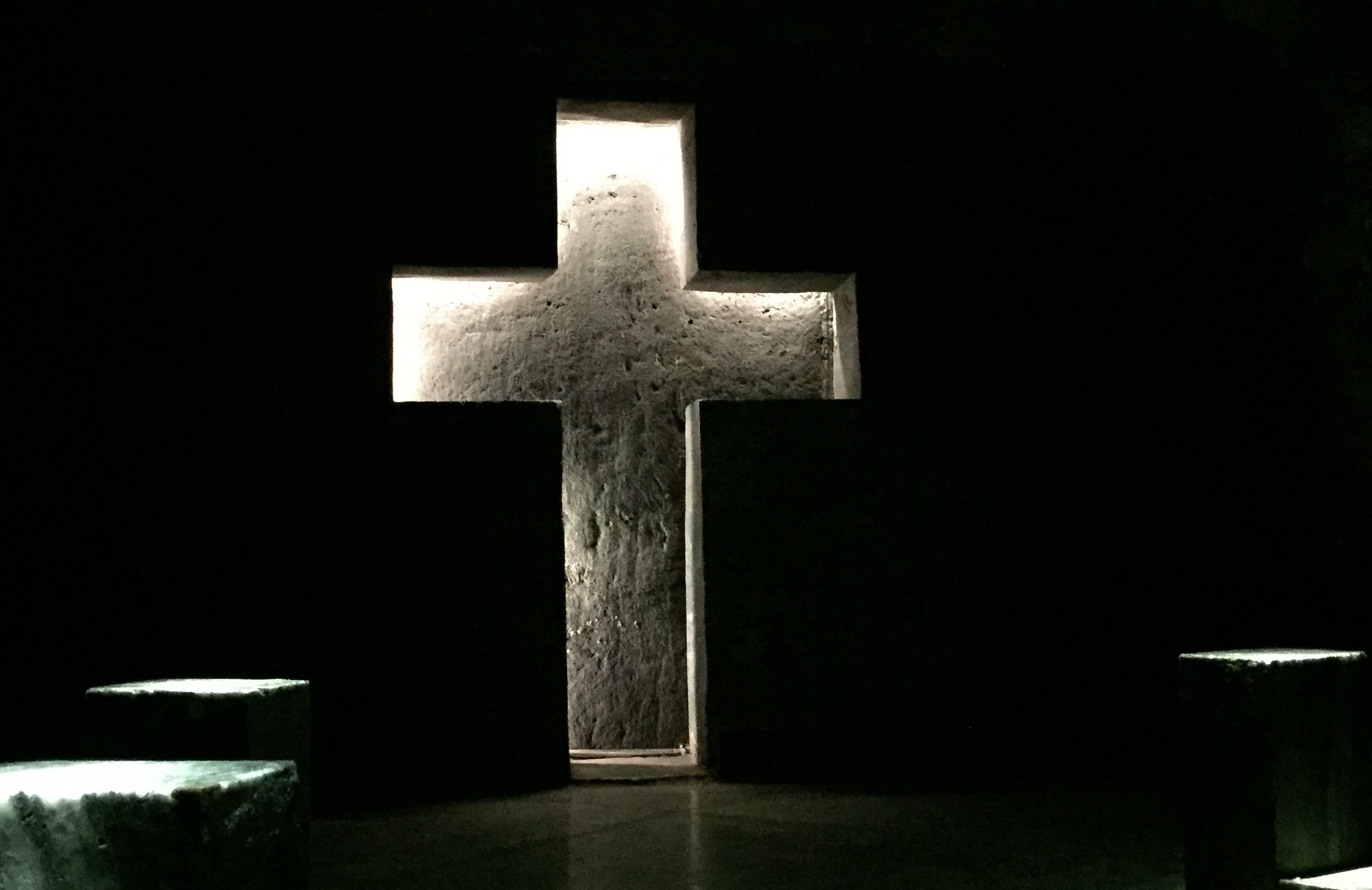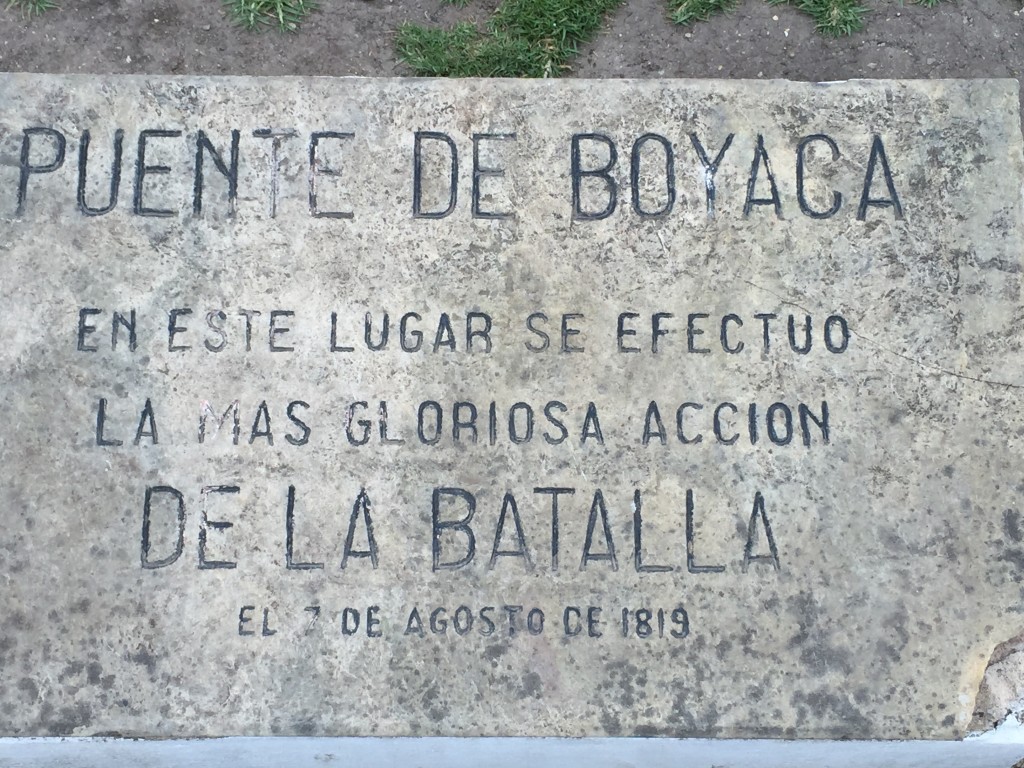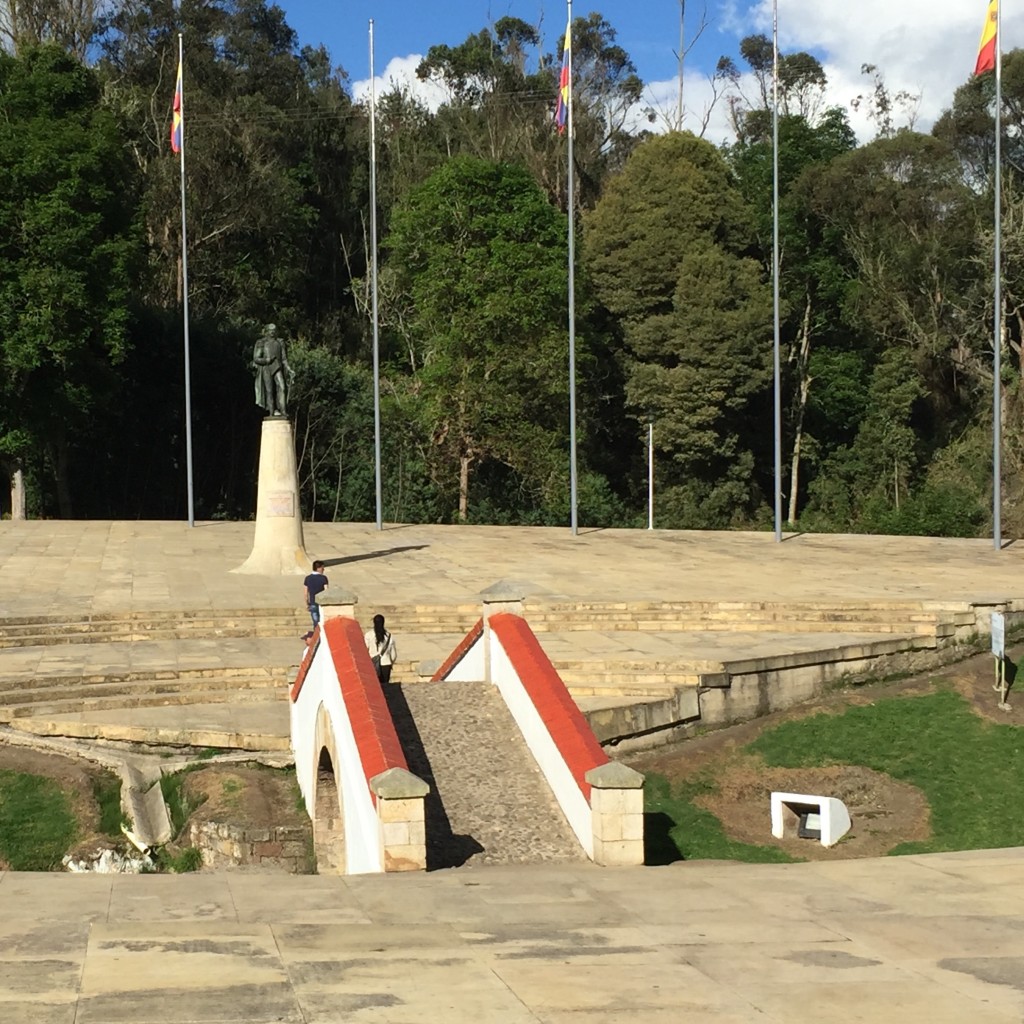 Top: Lopez, Colvin, Gutierrez, Arteaga, Apaza, Bonilla, Llanos, Zuniga, Crespo, Carrasco, Nunes, Bush
Top: Lopez, Colvin, Gutierrez, Arteaga, Apaza, Bonilla, Llanos, Zuniga, Crespo, Carrasco, Nunes, Bush
Middle: Strong, Arteaga, Hnas Parrales, Mero, Sosa, Menacho, Martillo, Glorio, LaRochelle, Pte Laney
Kneeling: Lindley, Carson
Seated: Gomez, Nebeker, Justinano, Hunsaker, Johnson


